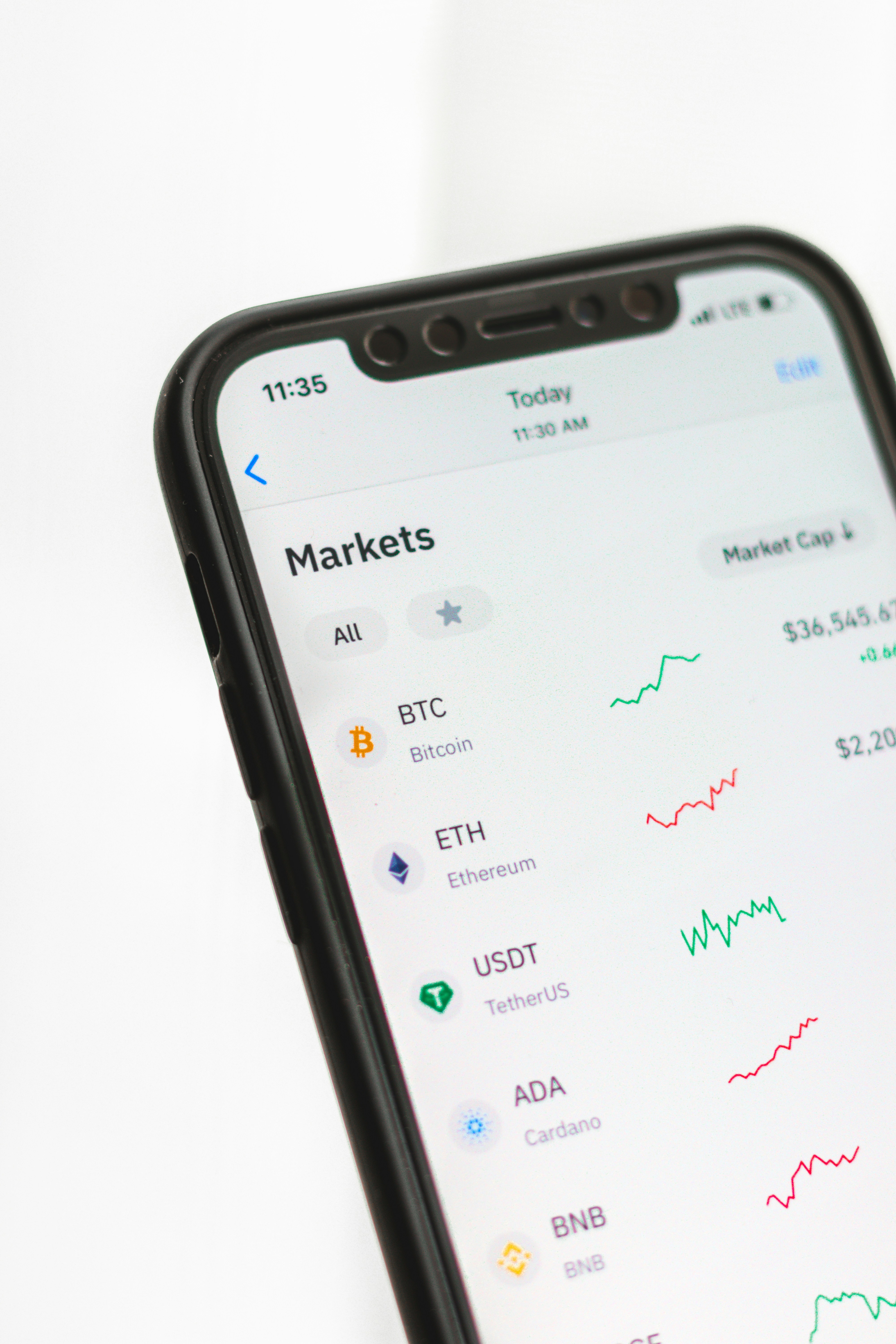📚 Table of Contents
Introduction
Have you ever wondered how financial technology, or fintech, is reshaping the way we manage money, invest, and even think about transactions? The future of fintech innovations is not just about faster payments or digital wallets—it’s a revolution that’s transforming entire industries, from banking to insurance, and even real estate. With advancements in artificial intelligence, blockchain, and embedded finance, the financial landscape is evolving at an unprecedented pace. But what does this mean for you as a consumer, investor, or business owner? Let’s dive deep into the key trends and innovations that are defining the future of fintech.
The Rise of Digital Banking
Traditional brick-and-mortar banks are no longer the only option for managing finances. Digital banking has surged in popularity, offering seamless, user-friendly experiences that cater to the modern consumer. Neobanks like Chime, Revolut, and N26 have disrupted the market by eliminating hidden fees, providing instant notifications, and offering budgeting tools powered by AI. These platforms are not just alternatives but are often superior in terms of convenience and cost-efficiency.
For example, Chime’s “SpotMe” feature allows users to overdraft up to $200 without fees—a stark contrast to traditional banks that charge hefty penalties. Meanwhile, Revolut’s multi-currency accounts enable travelers to spend abroad with minimal exchange rate markups. The shift toward digital banking is also accelerating financial inclusion, giving unbanked populations access to essential services through mobile apps.
Blockchain and Cryptocurrency Innovations
Blockchain technology is the backbone of cryptocurrencies like Bitcoin and Ethereum, but its applications extend far beyond digital currencies. Smart contracts, decentralized finance (DeFi), and non-fungible tokens (NFTs) are just a few examples of how blockchain is revolutionizing fintech. DeFi platforms like Aave and Compound allow users to lend, borrow, and earn interest without intermediaries, democratizing access to financial services.
Meanwhile, central bank digital currencies (CBDCs) are gaining traction, with countries like China piloting the digital yuan. These government-backed digital currencies aim to combine the efficiency of cryptocurrencies with the stability of traditional fiat. For businesses, blockchain offers transparent supply chain financing, reducing fraud and improving trust between parties.
AI and Machine Learning in Fintech
Artificial intelligence is transforming fintech by enabling personalized financial advice, fraud detection, and risk assessment. Robo-advisors like Betterment and Wealthfront use AI algorithms to create optimized investment portfolios based on individual risk tolerance and goals. These platforms have made wealth management accessible to the masses, with lower fees than human advisors.
AI is also enhancing security. Companies like Feedzai use machine learning to detect fraudulent transactions in real time, reducing losses for both businesses and consumers. Chatbots powered by natural language processing (NLP) are improving customer service, handling inquiries, and even processing loan applications without human intervention.
Embedded Finance: The Next Frontier
Embedded finance integrates financial services into non-financial platforms, creating seamless user experiences. For instance, Shopify offers merchant cash advances, while Uber provides drivers with instant payouts through its app. Buy-now-pay-later (BNPL) services like Klarna and Afterpay are another example, allowing consumers to split purchases into interest-free installments at checkout.
This trend is blurring the lines between industries, with tech companies like Apple and Google entering the financial space. Apple Card and Google Pay are just the beginning—soon, we may see social media platforms offering banking services or e-commerce sites providing insurance.
Regulatory Challenges and Compliance
As fintech grows, so do regulatory hurdles. Governments worldwide are grappling with how to oversee decentralized finance, cryptocurrencies, and data privacy. The EU’s PSD2 regulation mandates open banking, requiring banks to share customer data with third-party providers (with consent). Meanwhile, the SEC is tightening rules around crypto exchanges to protect investors.
Compliance is a significant challenge for fintech startups, as navigating complex regulations can be costly. However, regulatory technology (RegTech) is emerging as a solution, using AI to automate compliance processes and reduce risks.
Future Trends to Watch
The fintech revolution is far from over. Here are some key trends to monitor:
- Quantum Computing: Could break current encryption methods, forcing a rethink of cybersecurity.
- Biometric Authentication: Facial recognition and fingerprint scans are replacing passwords.
- Green Fintech: Sustainable investing and carbon footprint tracking are gaining momentum.
- Hyper-Personalization: AI will tailor financial products to individual behaviors in real time.
Conclusion
The future of fintech innovations is bright, with advancements in digital banking, blockchain, AI, and embedded finance reshaping how we interact with money. While challenges like regulation and cybersecurity remain, the opportunities for consumers and businesses are immense. Staying informed and adaptable will be key to leveraging these changes for financial success.


Leave a Reply